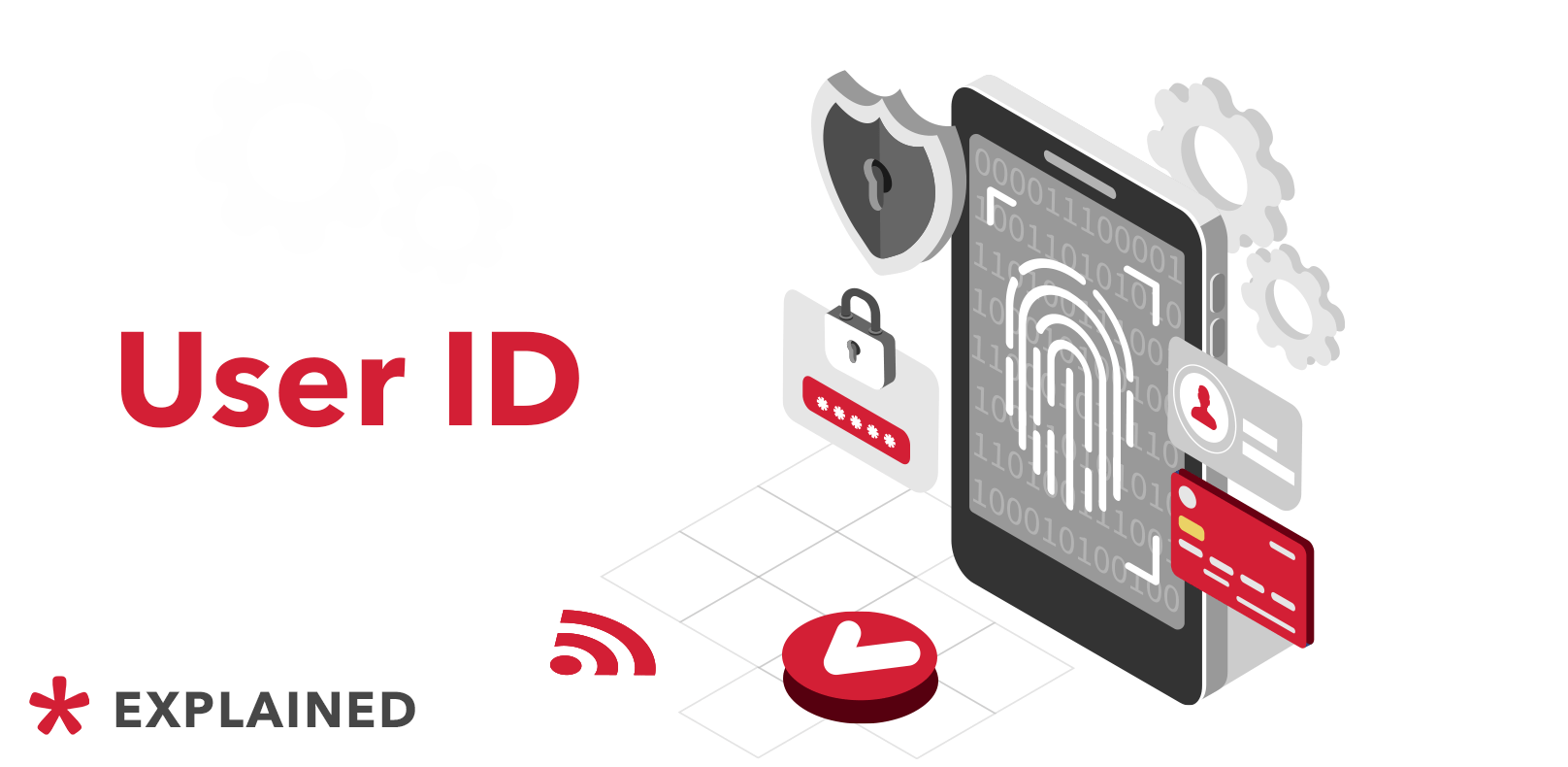
User Identification (User ID)
Unidentified users have very limited access to anything around the web. User identification is an essential step to providing a safe and secure web environment. But what is the User ID, and is safety the only thing it ensures? What does it have to do with advertising?
What does User ID mean?
User identification or user ID is a unique identifier to determine users around software systems, websites, or in any general IT environment. It is essential for any IT-supported system to distinguish users who access or use it. User ID is especially handy for logging into a website, application, or online service. It can be a username, account number, or email address.
User ID is one of the widely used authentication techniques popular on the web, applications, and software. Every user has a unique identifier that distinguishes him from other users without concerning the users’ privacy.
Commonly, the user ID is coming along with the password. The end-user must provide these two records correctly to access the system or application. In addition, system administrators use user IDs to assign permissions, track user activities, and manage the overall operation of a particular system, network, or application.
Who and how use User ID?
User identification has already become the basis of digital advertising. Ad tech agencies, advertisers, publishers are using different targeting methods to reach users individually. User ID allows advertising messages to be individualized to the right message, to the right person, and at the right time.
Moreover, it provides the ability to assess the effectiveness of the ad campaign. With it, advertisers can track users’ browsing behavior, conversions, or identify users and keep their data for future targeting.
Methods of user identification.
The main difference among user identification processes lies in the type of device they are connected through and whether they are using a web browser or mobile app.
The following methods provide user identification in web browsers:
- Cookies – text files with small pieces of data stored by a web browser on a user’s computer when accessing the web site.
- ETags – an HTTP response header used to improve the efficiency of cache and save traffic
- Device fingerprinting – a technique, which analyses users’ specific and unique configuration of software and determines his device or browser
- Evercookies – cookie files that are saved to various storage locations in a user’s browser or device.
- HTML 5 Local Storage – is a newer way of storing data on the client’s computer.
Mobile devices have two types of user identification: mobile web browsers and in-app identifications. Web browsers on smartphones and tablets use the same cookie method as implemented in desktop browsers. But in-app user identification varies and consist of the following methods:
- Advertising IDs – a unique, user ID for advertising provided by Google’s Android ID (AID), Apple’s ID for Advertising (IDFA) and Microsoft’s Advertising ID (Advertising Identifier).
- Webview – technology that creates and stores cookies inside a safe location of the device.
In fact, most of the stated above methods have a number of challenges due to privacy regulations, so that alternative solutions appeared on the digital market. One of these solutions is Universal ID, a method of identifying user IDs by managing the cookie-syncing and ID-matching processes on behalf of different AdTech platforms.
The last method to take into account is ID and device graphs. These solutions create a database of online and offline channels that keeps all identifiers that are related to an individual customer.
Conclusion
Digital marketing is impossible without user identification. Despite the fact that some methods of identification are losing their efficiency, new solutions are being developed fast and maintain possibilities of keeping users identified.





